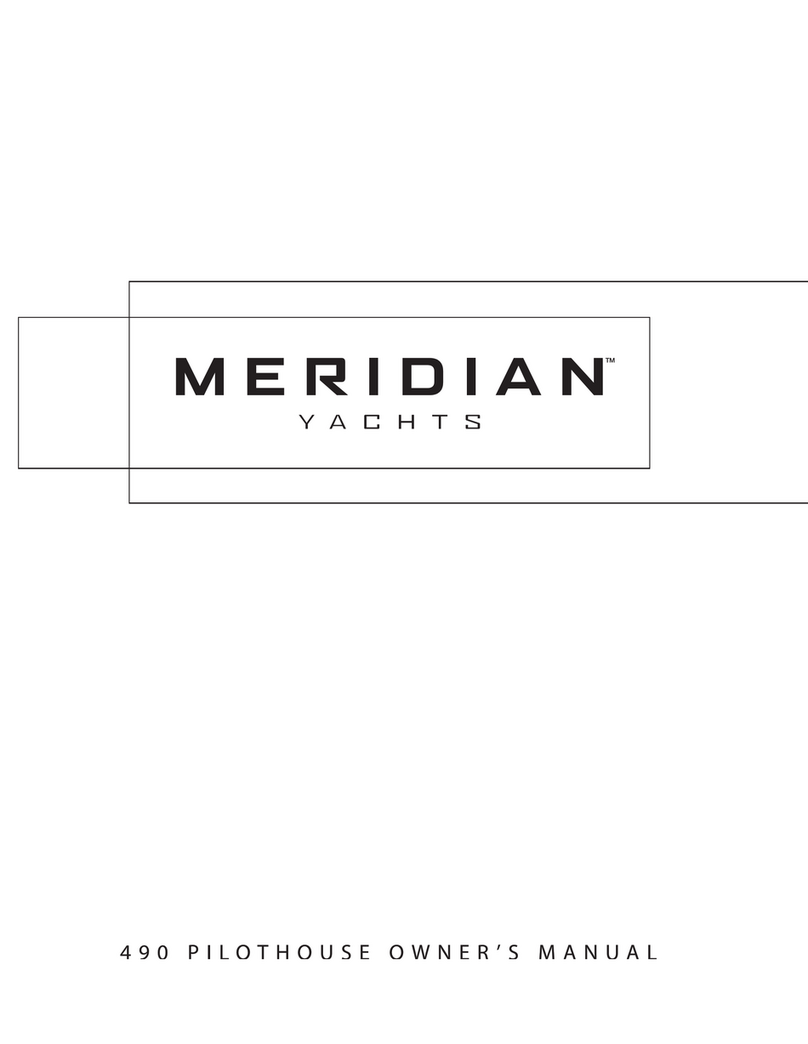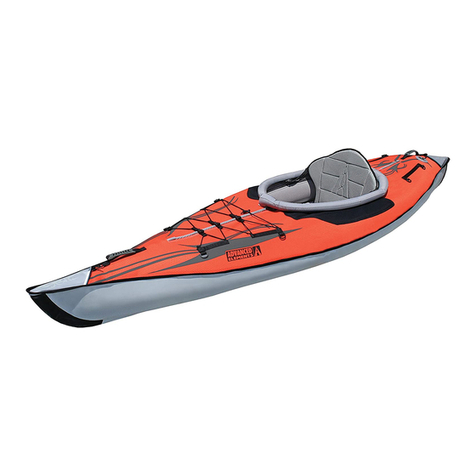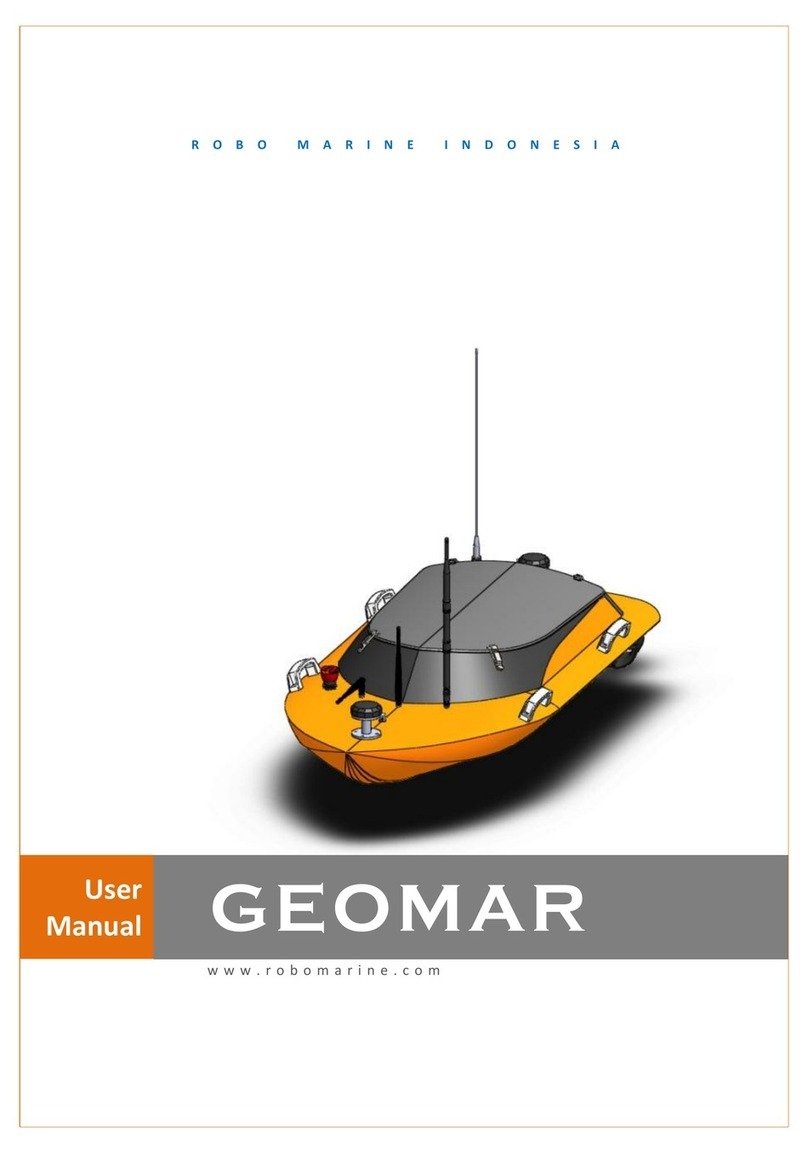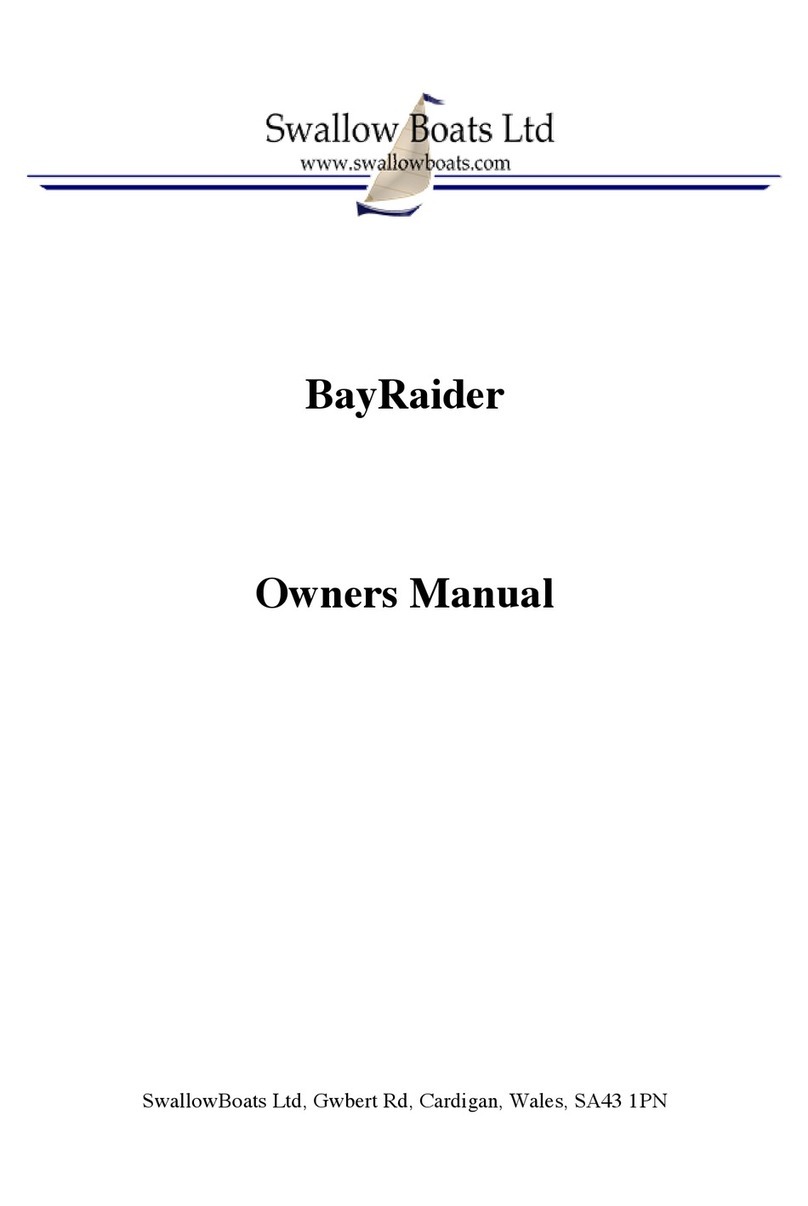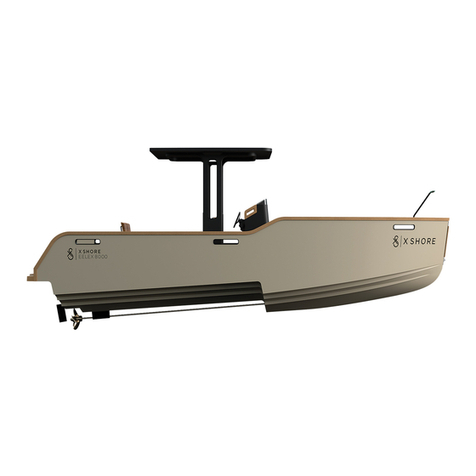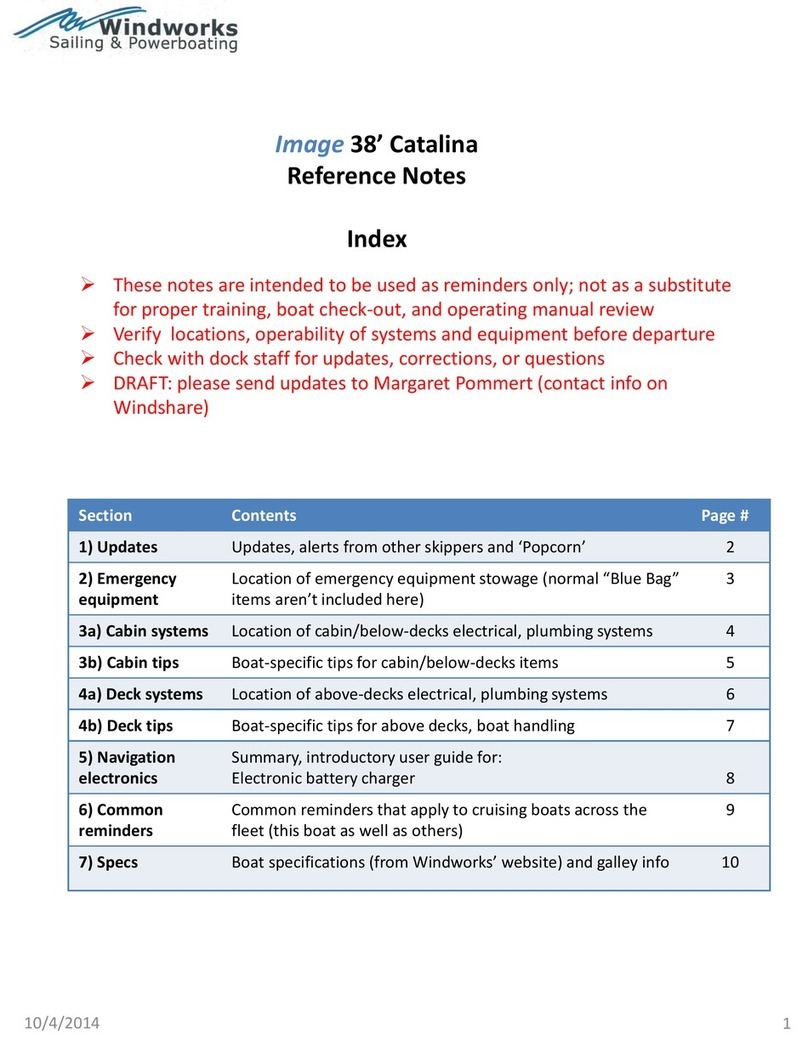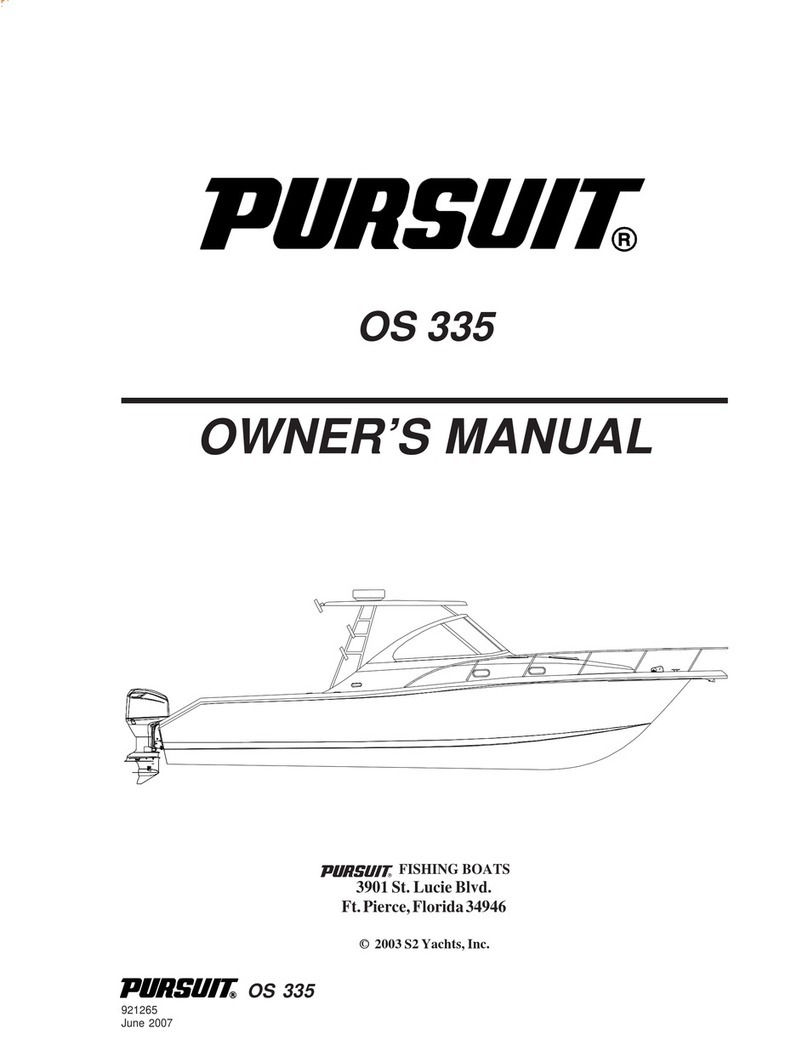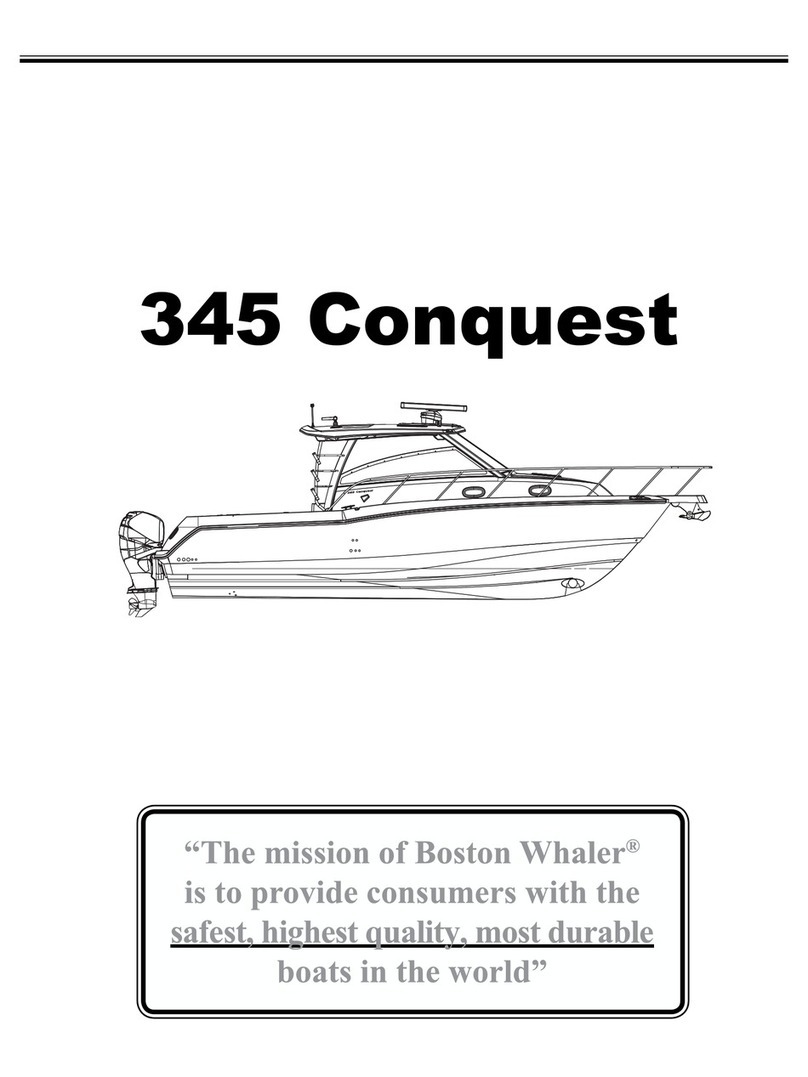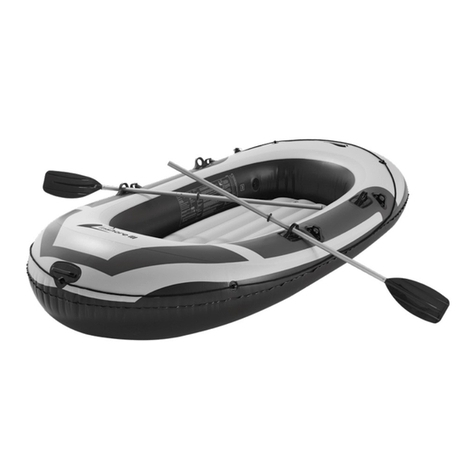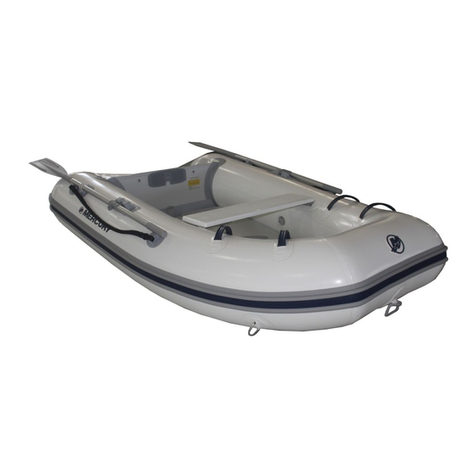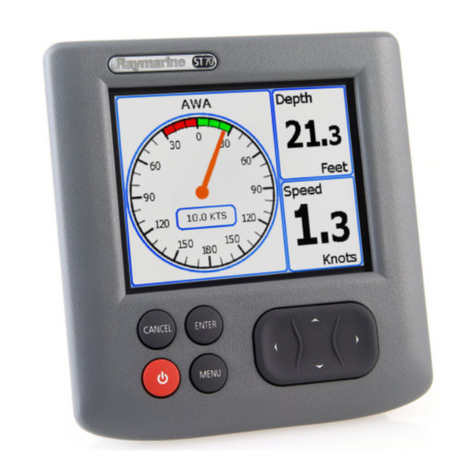
SAFETY EQUIPMENT
Safety should be paramount in your daily cruising. A MAN OVERBOARD DRILL should be discussed and
perhaps even practiced. Take time to inspect the life jacket sand adjust the fit for each member of your party.
Always wear life preservers in the dingy and make sure that young children always wear a life jacket when out of
the cabin. The dingy operator should wear on his wrist the red lanyard that is connected to the automatic engine
shut off. Remember to take the portable VHF radio with you.
LIFE PRESERVERS are located in the white dock box on the boat deck. There are 8 Type II, 1 each youth and
child life jackets, 2 suspender type and 2 belt type.
LIFE SLING is suspended on the rear railing of the fly bridge
FLARES are located in the starboard cupboard in the stairway to the aft stateroom
EMERGENCY SPOTIGHT is located in the starboard cupboard in the stairway to the aft stateroom
FIRST AID KIT is located in the starboard cupboard in the stairway to the aft stateroom
WOODEN THROUGH HULL PLUGS are located in the starboard cupboard in the stairway to the aft stateroom
FIRE EXTINGUISHERS are located in multiple locations: under salon table, in the aft cabin hanging locker, in
the forward cabin hanging lock and two in the engine room. One of the engine room extinguishers is automatic.
To manually activate, pull the pin and knob located below the aft seat in the salon.
AIR HORNS are located in the dinghy bag and in the cubby on starboard side of aft stairway
PORTABLE WATERPROOF VHF RADIO is located in its dock on starboard side of aft stateroom
BOAT OPERATION
Introduction
Please familiarize yourself with the instruction manuals for all the equipment on the boat. All manuals
are stored in the roll out locker beneath the lower helm seat. Most of the manuals are in two three ring
binders on the lower shelf. An index to these manuals is located in a blue folder at the top of the roll out
locker and also at the end of this Manual. Larger manuals, i.e., engine, transmission, waterrmaker,
electronic navigation equipment, etc., are stored separately in the top shelf of the roll out locker.
Paper navigation charts covering the San Juan Islands, Puget Sound and British Columbia are stored in
the forward cabin in the racks above the beds and are in numerical order. After using a chart please
replace it in the correct order in the rack. A list of these charts is in front of the filed charts and also at
the end of this manual. Please review this list prior to departure to ensure that your intended cruising
area is covered. In addition, a waterproof chart of the San Juan Islands (number 43 which includes a
number of the most popular charts for the area) is stored in the ceiling rail in the salon. Alaskan charts
are located in the cupboard on the port side of the master berth. There is a parallel ruler navigation kit
in the drawer under the helm seat and a second on in the cupboard on the port side of the master berth
with the Alaska Charts.

